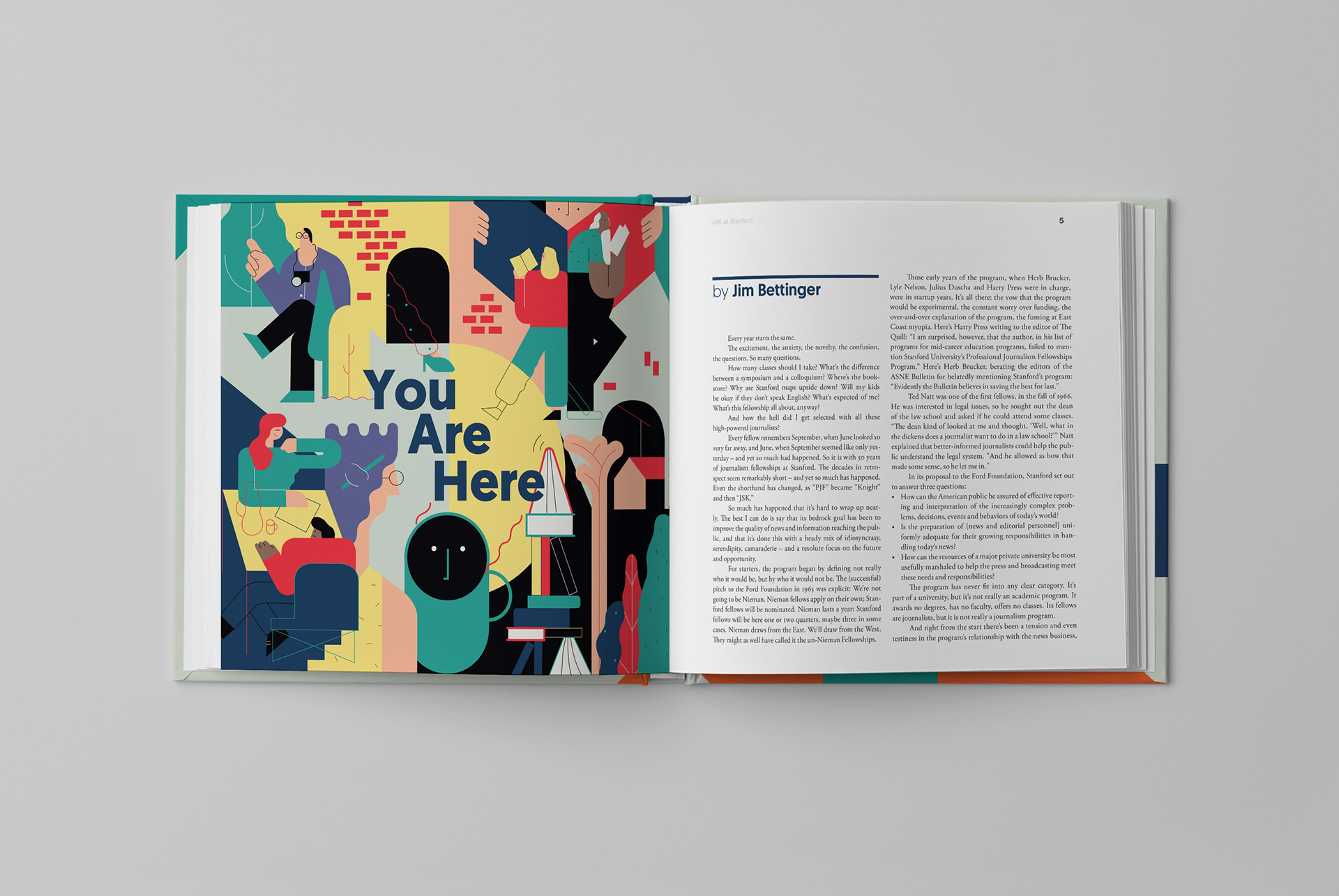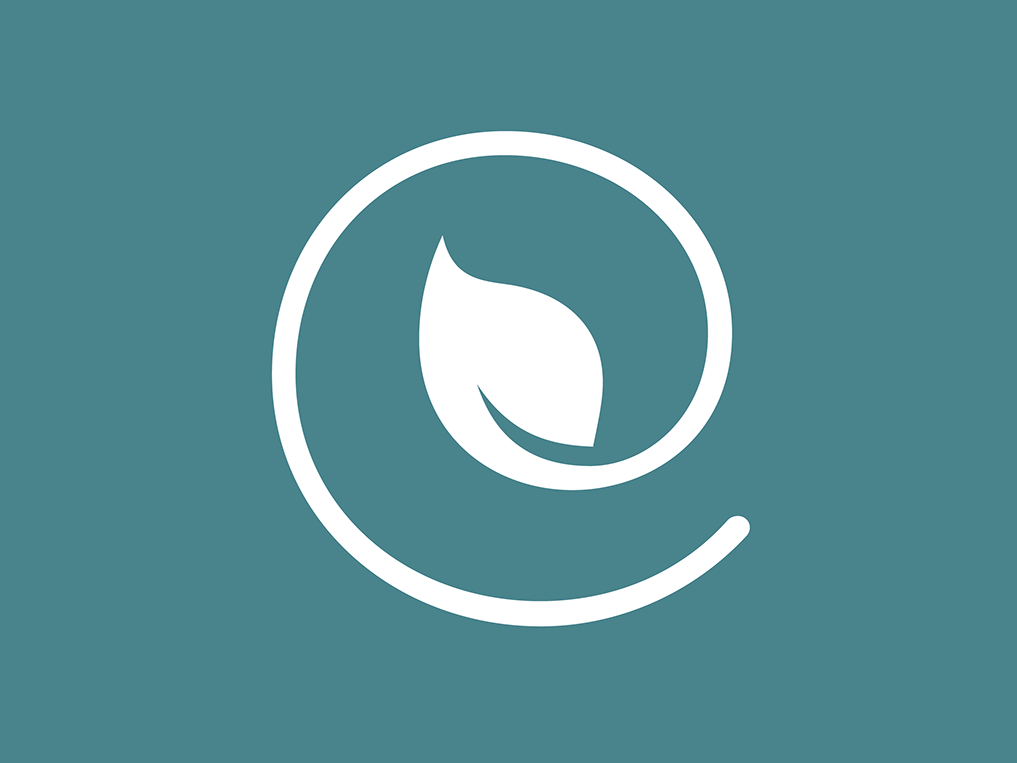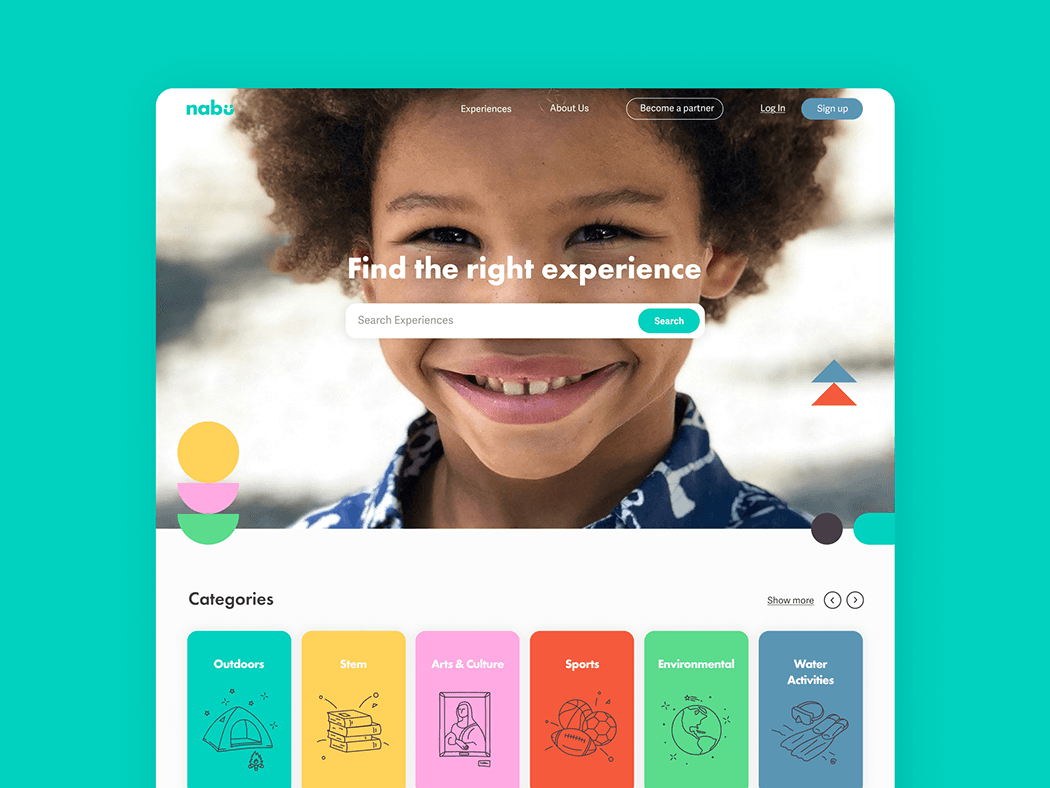Results
First things first: If you’re ever making a book on an accelerated timeline, we highly recommend working with current and former top-notch journalists. No deadline was too tight, nor any story too difficult to write. Stories from the fellows ranged from highly personal interviews and essays to think-pieces and profiles. They covered the challenges of journalism, war, the value of diving into new areas of expertise, culture shock, displacement, and the value of journalism.
Once the book was sent to print, the folks at JSK turned their attention fully into organizing the event.
We received a request to lay out a one page print program. Once again we called on Igor Bastidas to dream up a couple of illustrations matching those in the book. JSK prides itself on having a ‘yes-and’, constructive approach to creation. And one phone call later, what was a program layout turned into the full event branding, including an event logo, a design for tote bags, enamel pins, a T-shirt. Suddenly it all came together. The book was presented to fellows inside custom tote bags that also contained an event pin, a lanyard, and the program. T-shirts were available for purchase at the event.


















